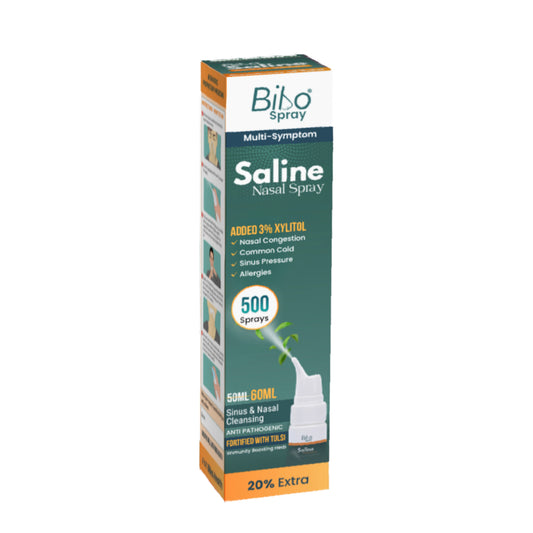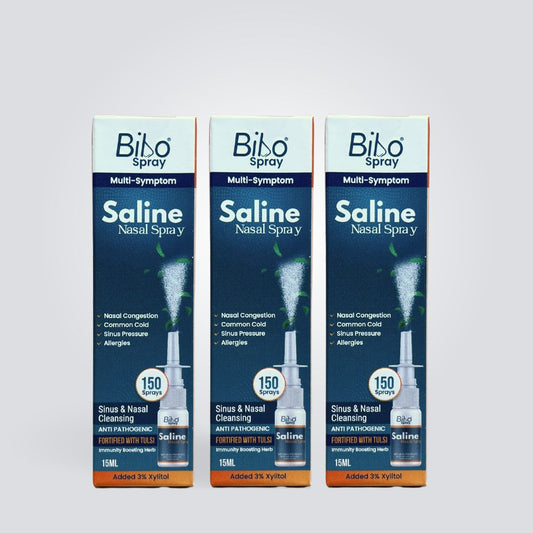
Blog written by: Dhrithi Bhat
As spring approaches and flowers bloom, many people begin to experience seasonal allergies. Most of these allergies are often caused by pollen, mold and mold spores, and dust mites. Let’s look at what these allergens are, how they affect us, and how to reduce our exposure.
Pollen:
Pollen is a fine powder produced by plants for fertilization. It is carried by the wind, insects, or other animals to reach the plant's female reproductive organs. Exposure to pollen can cause seasonal allergies, also known as hay fever, in many people.
Mold and fungal spores:
Fungi and mold spores are small reproductive cells secreted by fungi. They can be found both indoors and outdoors and thrive in wet, damp environments. Exposure to mold and mold spores can lead to allergic reactions, as well as other health problems such as respiratory infections and asthma.
Dust mites:
Dust mites are tiny arthropods that live in dust and can be found in almost every home. They feed on dead skin cells shed by humans and pets and thrive in warm, humid environments. Exposure to dust mites can cause allergic reactions such as sneezing, runny nose, and itchy eyes.
Some common conditions caused by these allergens

Hay fever or allergic rhinitis:
This is a common respiratory allergy caused by pollen in the air. Symptoms include sneezing, runny or stuffy nose, itchy eyes, throat and nose, and fatigue. Hay fever can be seasonal, such as in the spring, when trees and flowers scatter pollen, or it can be caused by household allergens, such as dust mites, pet dander, or mold.
Asthma:
Asthma is a chronic respiratory disease that affects the airways and makes breathing difficult. It is caused by a variety of factors, including seasonal changes. In the spring and fall, increased exposure to pollen, mold, and dust mites can make asthma symptoms worse.
Sinusitis:
Sinusitis is a condition that occurs when the sinuses become inflamed and blocked. Seasonal allergies can cause sinusitis, resulting in symptoms such as a stuffy or runny nose, facial pain and tightness.
Allergic conjunctivitis:
This is an allergic reaction affecting the eyes. It is caused by the same allergens that cause hay fever and can cause redness, itching and watery eyes.
Eczema:
Eczema is a skin condition that causes dry, itchy and inflamed skin. Seasonal allergies can make eczema worse, especially in people with a history of atopic dermatitis.
Reduce exposure:
Although these allergens cannot be completely avoided, there are ways to reduce exposure and relieve symptoms.
Here are some tips:

- Keep windows and doors closed during pollen season to keep pollen out of the house.
- Use a HEPA filter in your air conditioning system to trap pollen, mold and mildew spores, and dust mites.
- Clean and vacuum your home regularly to reduce dust and remove any mold that may be present. • Regularly wash bedding and pillows in hot water to kill dust mites.
- When working outdoors, wear a mask to reduce exposure to pollen.
In conclusion, pollen, mold and mold spores, and dust mites are common allergens that can cause discomfort and health problems for many people. Taking steps to reduce exposure, such as using a HEPA filter and cleaning your home regularly, can help relieve symptoms and improve your quality of life.
References:
- "Pollen Allergy." Mayo Clinic, Mayo Foundation for Medical Education and Research, 11 Aug. 2021, www.mayoclinic.org/diseases-conditions/pollen-allergy/symptoms-causes/syc-20351597.
- "Mold Allergy." Mayo Clinic, Mayo Foundation for Medical Education and Research, 2 Oct. 2020, www.mayoclinic.org/diseases-conditions/mold-allergy/symptoms-causes/syc-20351519.
- "Dust Mite Allergy." Mayo Clinic, Mayo Foundation for Medical Education and Research, 7 Aug. 2020, www.mayoclinic.org/diseases-conditions/dust-mites/symptoms-causes/syc-20352173.




